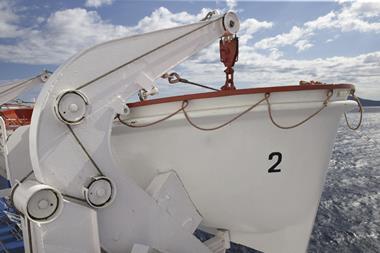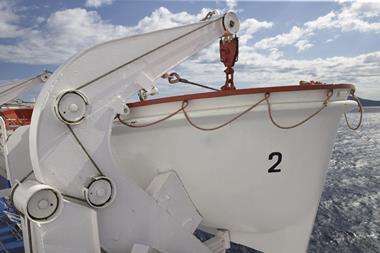Greater control over asset selection, rather than cost concerns, was the main driver behind the Pension Protection Fund’s (PPF) decision to in-source asset management, according to the scheme’s CIO.
In its strategic plan published earlier this year, the UK’s £20bn (€28.6bn) lifeboat fund gave weight to ongoing efforts to reduce the number of external asset managers, citing the spiralling cost of its contracts.
The PPF provides a safe-haven for defined benefit (DB) pension schemes whose sponsoring employers have become insolvent.
It uses a number of external asset managers, while running manager selection and asset allocation itself.
However, Barry Kenneth, the fund’s CIO, said control would be the “first and foremost” reason to in-source any management, given the team’s understanding of the portfolio’s risk exposures.
The PPF has previously said fund manager fees were expected to increase by one-third, or £38.6m, over the 2015-16 financial year.
The increased costs – in total, £120.1m for 2015-16 and rising to nearly £133m by 2017-18 – would be due to the growing exposure to alternative assets.
While Kenneth backed the earlier position of only in-sourcing where the scheme could reduce costs, he denied it would be the basis of any decision.
“We know our framework better than anyone else, so, by definition, we should be able to manage it, knowing everything else within the fund, and do so in a more controlled fashion,” he said.
“That is the main desire to bring assets in-house.”
A number of the fund’s asset managers have been granted discretionary mandates controlling asset selection, with the PPF only vetoing investments over a certain value.
By bringing management in-house, the fund’s team would be able to react to market events while accounting for the impact on other portfolio investments.
“We know what we want and how we are thinking about the fund,” Kenneth said.
“Effectively, when [external managers are] adding assets, we probably have a view on how that fits in.”
However, he added: “If we do not think we can do it better and more efficiently, we will not do it for the sake of it.”
The PPF had previously said it would not build up in-house competence in areas where it did not expect to invest for the long term.
At the end of March 2014, the PPF had more than £15bn in debt instruments and was building up a 12.5% allocation to “hybrid” assets – which provide liability-matching income streams combined with asset growth – such as long-lease property.
Kenneth said the fund would be unlikely to ever take 100% of any asset class in-house, as his team would still need a benchmark to measure against.
“We always want to learn, so if there are managers we interact with, we need to be able to bounce ideas off them,” he said.
“It is also good for the board to see how we perform against others.”
He said managing assets would be the next evolution for his team, one he has led for two years, given that asset class decisions were not even made in-house prior to his arrival.
“We will do this bit by bit and in a logical manner and ensure the risk to the board and investment team is kept to a minimum,” he said.
“We are not under time pressure – doing it properly is more important.”












No comments yet